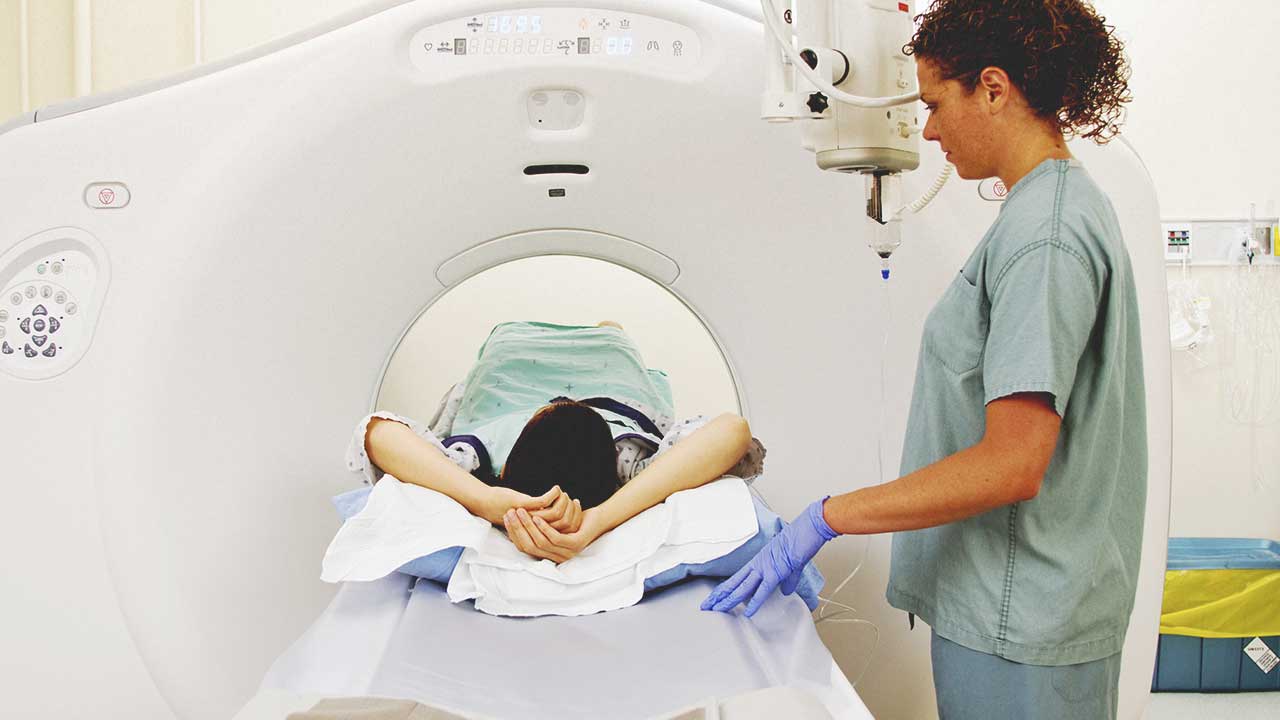
Back pain is one of the most common ailments in the United States today. In fact, according to the National Institute of Neurological Disorders and Stroke, roughly 80 percent of adults experience low back pain at some point in their lifetimes. Many of these cases are caused by injury or damage. However, some may be the result of another condition.
One such condition is ankylosing spondylitis (AS). This is a type of axial spondyloarthritis, which affects up to 1 percent of Americans, or about 2.7 million adults. Men are affected more often than women, though it may be less recognized in women. For the millions of Americans with chronic back pain, understanding this disease may hold the key to managing their pain.
What is AS?
AS is a progressive inflammatory disease. A form of arthritis, the disease causes swelling in your spine and nearby joints. Over time, the chronic inflammation can cause the vertebrae in your spine to fuse together, making your spine less flexible. Many people with the disease hunch forward because their extensor muscles, which allow extension, weaken. In advanced cases, a person with AS can’t lift their head in order to see in front of them.
What makes AS different from other forms of arthritis?
AS primarily affects the spine and the vertebrae, specifically where tendons and ligaments connect to bone. Most people with the disease experience chronic back pain and loss of flexibility in their spine. However, AS can also affect joints outside the spine, including the shoulders, feet, knees, and hips. In rare cases, it can also affect organs and tissue.
AS does have one unique characteristic when compared to other forms of arthritis: sacroiliitis. This is inflammation of the sacroiliac joint, or the joint where your spine and pelvis connect. It’s a hallmark of people with AS, and isn’t common in people with other forms of arthritis.
How is AS diagnosed?
Doctors don’t have a single test with which to diagnose this disease. In order to diagnose this disease, your doctor must exclude other possible explanations for your symptoms. To do this, your doctor first looks at your medical history, and then performs a physical exam and other tests.
Your medical history
To help understand your symptoms, your doctor will want to get your full health history. Your doctor will want to know:
- how long you’ve been experiencing symptoms
- when your symptoms are worse
- what treatments you’ve tried, what has worked, and what hasn’t
- what other symptoms you’re experiencing
- your history of medical procedures or problems
- any family history of problems similar to what you’re experiencing
A full physical exam
Your doctor may want to conduct a physical exam. The exam allows them to find telltale signs and symptoms of AS. Your doctor may also have you do a few exercises or passively move your joints, so they can observe the range of motion in your joints.
Imaging tests
Imaging tests give your doctor an idea of what’s happening inside your body. The imaging tests you need may include:
- X-ray: An X-ray allows your doctor to see your joints and bones. They will look for signs of fusing or damage.
- MRI scan: An MRI sends radio waves and a magnetic field through your body to produce an image of your body’s soft tissues. This helps your doctor see inflammation within and around joints.
Laboratory tests
Lab tests your doctor may order include:
- HLA-B27 gene test: Decades of research into this disease has revealed one detectable risk factor: your genes. People with the HLA-B27 gene are more susceptible to developing AS. However, not everyone with the gene will develop the disease.
- Complete blood count (CBC): This test measures the number of red and white blood cells in your body. A CBC test can help identify and rule out other possible conditions.
- Erythrocyte sedimentation rate (ESR): An ESR test uses a blood sample to measure inflammation in your body.
- C-reactive protein (CRP): The CRP test also measures inflammation, but is more sensitive than an ESR test.
Before your appointment
Make a list of all the questions you have for your doctor before you see them. Bring with you a timeline of your symptoms, any test results you may have, any medicine you may be taking, and known family history of medical conditions. Being prepared will help you make the best use of your time when you see your doctor.
Read more in Ankylosing Spondylitis ResourcesAnkylosing spondylitis. (2016, January 16). Retrieved from http://www.nlm.nih.gov/medlineplus/ency/article/000420.htm
Low back pain fact sheet [Fact sheet]. (2013, December 5). Retrieved from http://www.ninds.nih.gov/disorders/backpain/detail_backpain.htm
Mayo Clinic Staff. (2016, November 1). Ankylosing Spondylitis. Retrieved http://www.mayoclinic.org/diseases-conditions/ankylosing-spondylitis/home/ovc-20261048
Questions and answers about ankylosing spondylitis. (2016, June). Retrieved from http://www.niams.nih.gov/Health_Info/Ankylosing_Spondylitis/
Reveille, J. D., Witter, J. P., & Weisman, M. H. (2012, June). Prevalence of axial spondylarthritis in the United States: Estimates from a cross-sectional survey. Arthritis Care & Research, 64(6), 905-910. Retrieved from https://www.ncbi.nlm.nih.gov/pmc/articles/PMC4032290/



